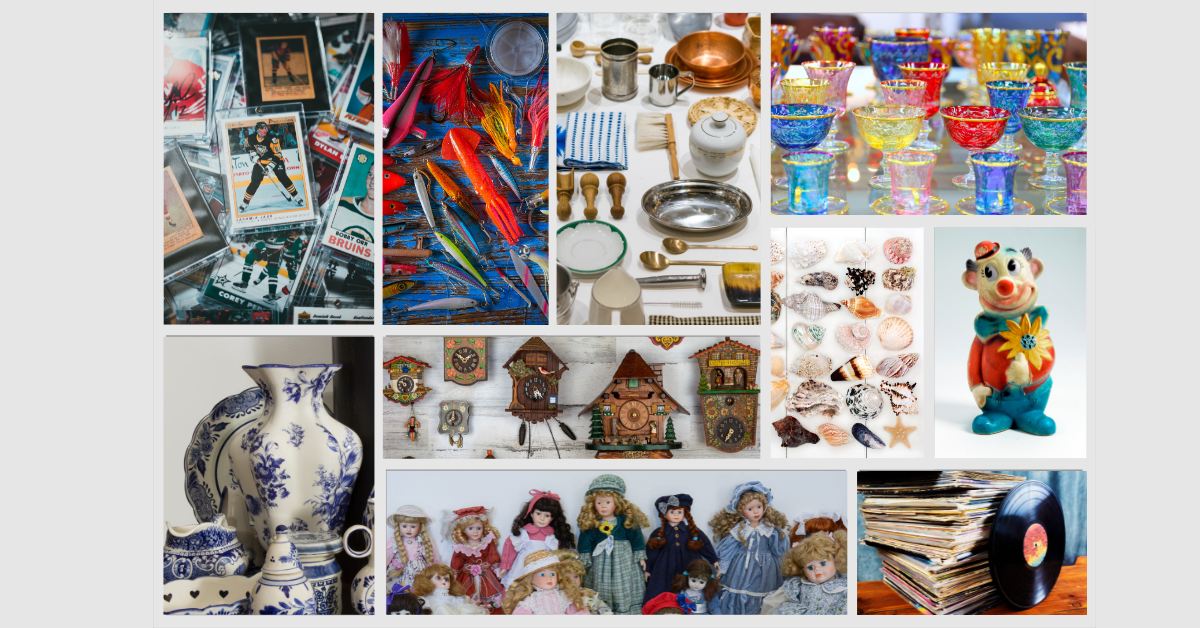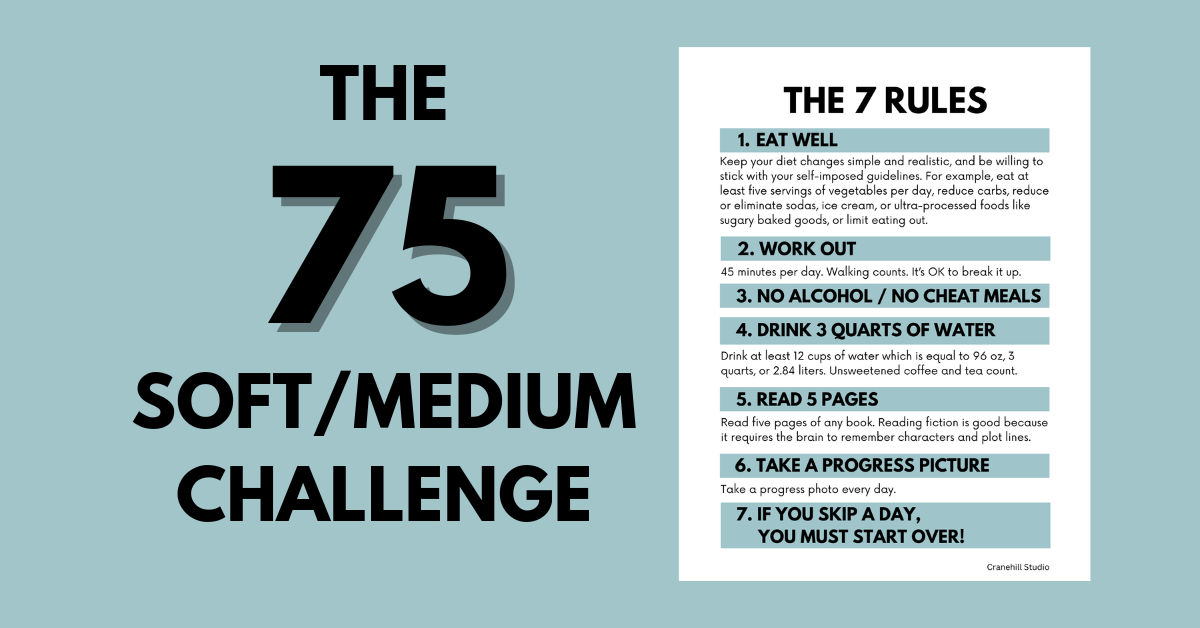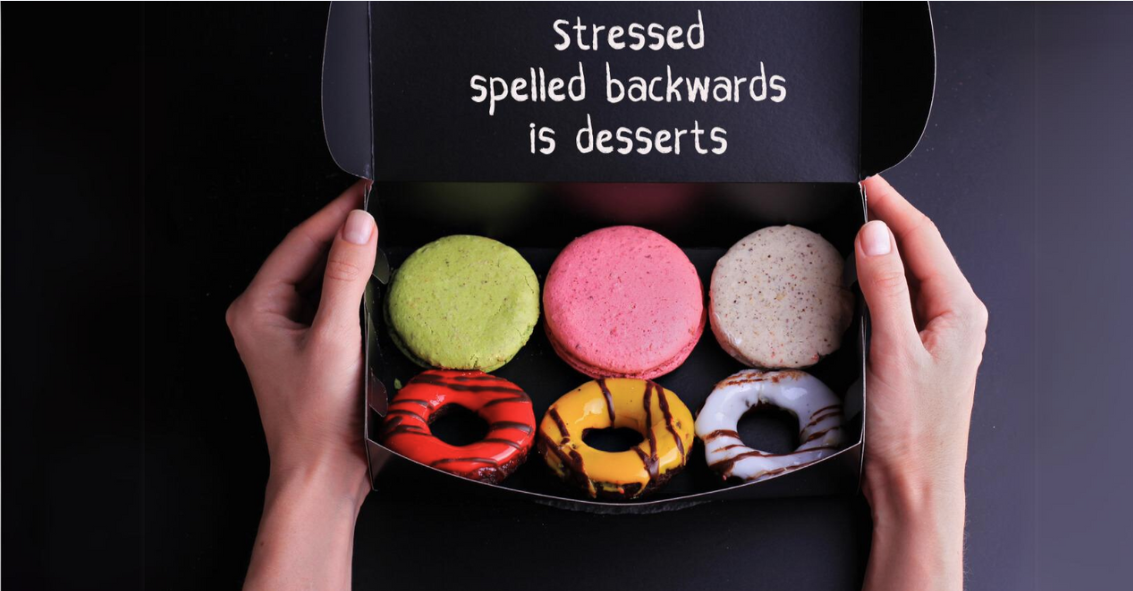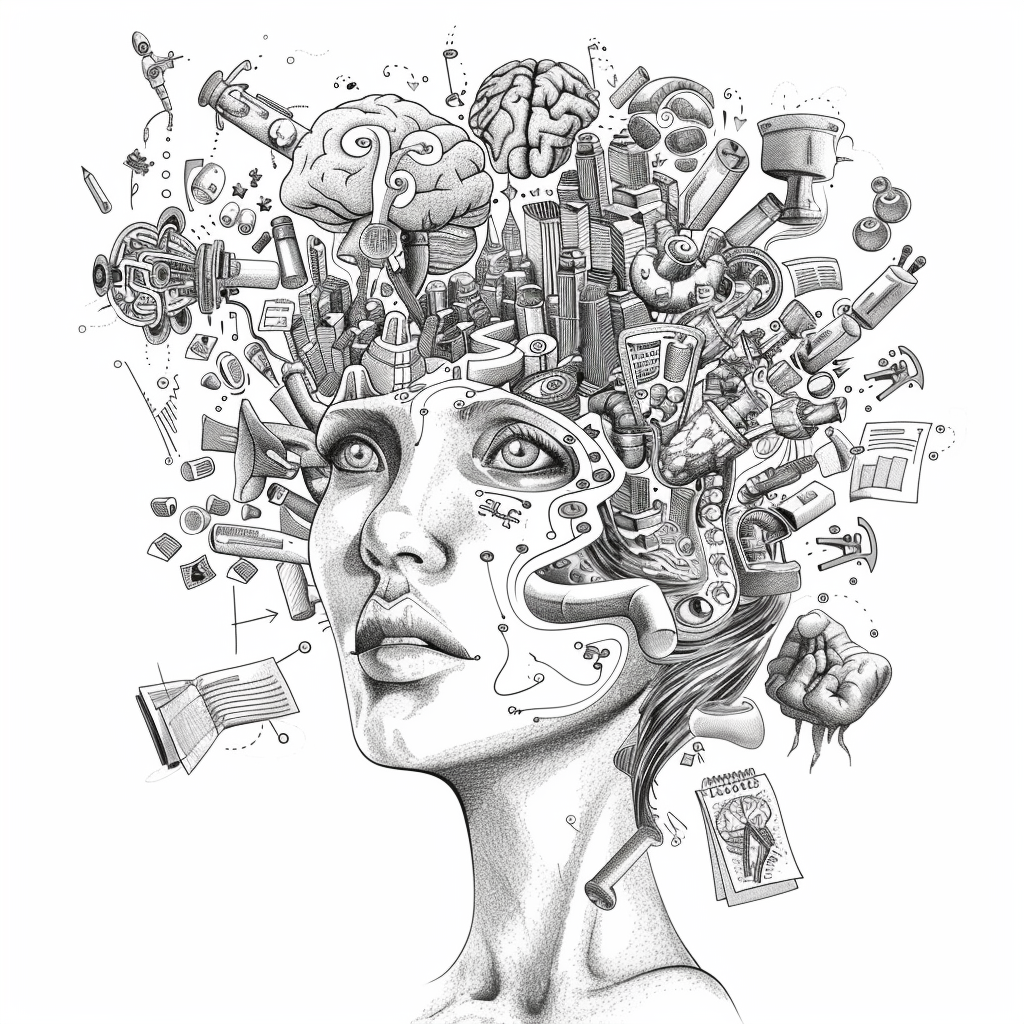The Psychology Behind Our Emotional Bonds with Possessions
Our emotional connections to our possessions go deeper than we might realize. Some possessions become symbols of our identity, reminding us of important moments or cherished relationships. Others represent achievements, aspirations, or a sense of security. Objects act as tangible anchors, grounding us in our stories and providing a sense of stability amid life’s changes. For example, a cherished gift might represent the love and thoughtfulness of the giver, going beyond its material value. Similarly, family heirlooms can bridge generational gaps, preserving family legacies and creating a sense of belonging. Our attachment to our possessions gives us a feeling of control and stability in a world that is always changing.
5 Thought-Provoking Reasons We Become Attached to Our Belongings
- Nostalgia and Memory Preservation: We often develop attachments to objects that hold sentimental value or evoke fond memories from our past. A tattered teddy bear from childhood, a family heirloom, or even a well-worn t-shirt from a memorable trip can become cherished possessions because they serve as tangible reminders of cherished experiences or loved ones. As Michael Bond says in his article for NewScientist, “Stuff: The Psychological Power of Possessions,” “Our ability to imbue things with rich meaning is a universal human trait that develops early in life (see “My Blankie”) and develops as we get older.”
- Identity and Self-Expression: Our belongings can become extensions of our identity and a means of self-expression. The clothes we wear, the decor in our homes, and the accessories we carry all reflect our personal tastes, values, and interests. We may become attached to these items because they help us communicate who we are to the world and reinforce our sense of individuality.
- Perceived Control and Security: In an ever-changing world, our possessions can provide a sense of stability and control. We may become attached to familiar objects because they offer a sense of comfort and familiarity, particularly during times of uncertainty or transition. Additionally, owning certain items may give us a sense of preparedness or security.
- Investment of Time, Effort, and Money: The more time, effort, or money we invest in acquiring or maintaining an object, the more likely we are to develop an attachment to it. This phenomenon, known as the “endowment effect,” can lead us to value our possessions more highly than their objective worth. For example, collections of fine china, knickknacks, and rare collectibles may hold significant sentimental value but are today virtually worthless.
- Symbolic Significance: Sometimes, our attachments to objects stem from the symbolic meanings we ascribe to them. A wedding ring or other possessions may have cultural or spiritual significance. These objects become more than just physical items; they represent intangible values, beliefs, or milestones that we hold dear.
Letting Go: Tips for Overcoming an Unhealthy Attachment to Your Belongings
Letting go of possessions can be challenging, especially when we form emotional attachments to them. However, it’s important to recognize that material goods are temporary and should not define our perspective. I encourage you to let go of items that no longer serve you. Remember, possessions are not a substitute for genuine happiness or personal growth. By learning to detach from material goods, you’ll create space for what truly matters in your life. As one who has embraced a minimalistic lifestyle and reduced the number of my possessions by about 80% in the last few years, I assure you – the process is incredibly freeing.
Here are Some Candid Tips To Help You Overcome An Unhealthy Attachment To Your Belongings:
- Question the emotional significance: Before keeping an item, ask yourself if it serves a practical purpose or if you’re holding onto it for sentimental reasons. If it’s the latter, consider whether the emotional attachment is truly necessary.
- Practice mindfulness: Cultivate a mindset of gratitude for the experiences and memories associated with the item, rather than the item itself. Recognize that the memories will remain, even if you let go of the physical object.
- Take photos: If you’re struggling to part with an item due to sentimental value, take photographs of it. This way, you can preserve the memory without keeping the actual object.
- Donate or sell: Instead of holding onto items you no longer need, consider donating or selling them. Knowing that they’ll be put to good use or bring joy to someone else can make the process easier. I can personally testify to this one. For over 30 years I moved a box containing more than 20 sets of handpainted tea cups and saucers, some of which were bone china, without ever unpacking them. It dawned on me one day that there were probably many collectors who would love to display such a beautiful collection and that I was being selfish by keeping them boxed away in the attic.
- Start small: Decluttering can be overwhelming, so begin with smaller items or areas that hold less emotional significance. As you build momentum, it will become easier to let go.
- Hire a professional organizer: It can be easier to work alongside someone who is more objective and who is familiar with today’s market values.
Please share. How did you overcome the reluctance to let go of items you were attached to?
These highly-rated books may give you the courage you need to liberate yourself from too much stuff!










Leave a Reply